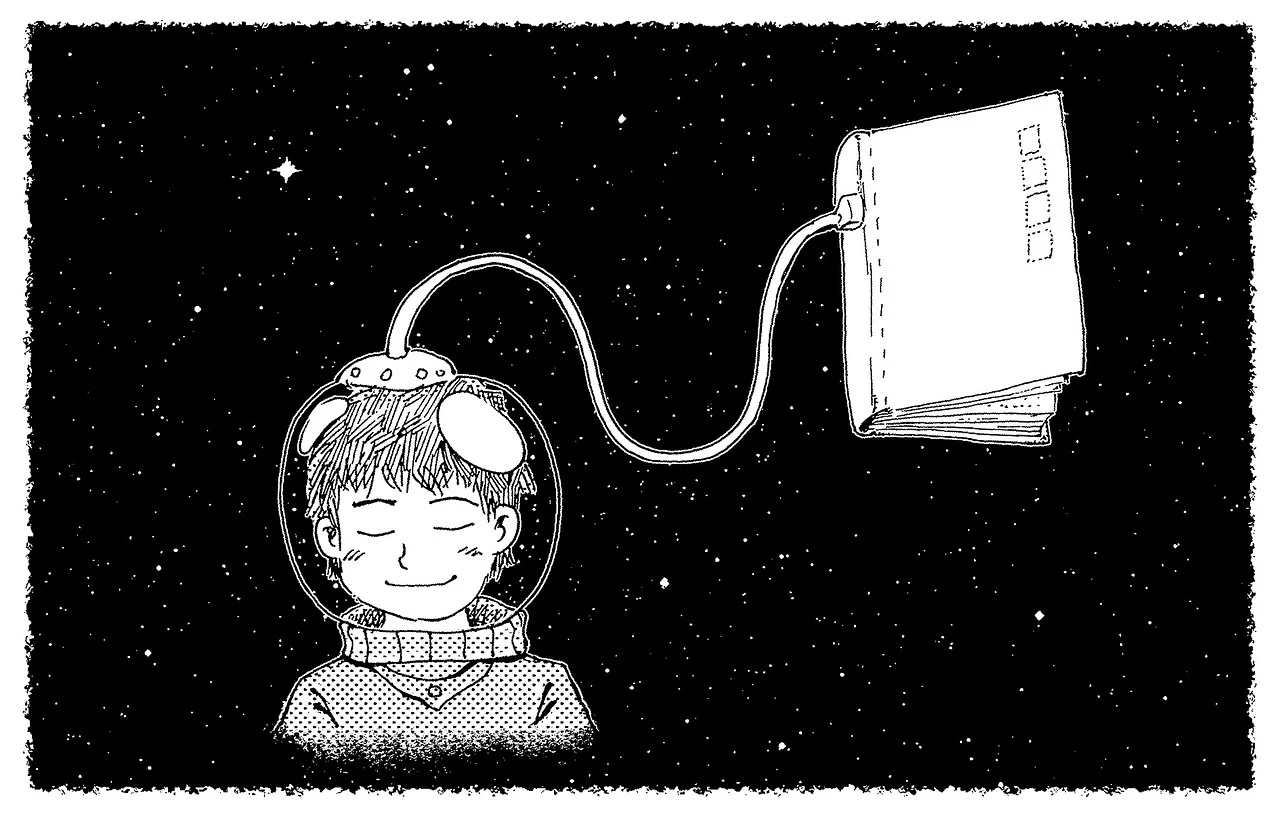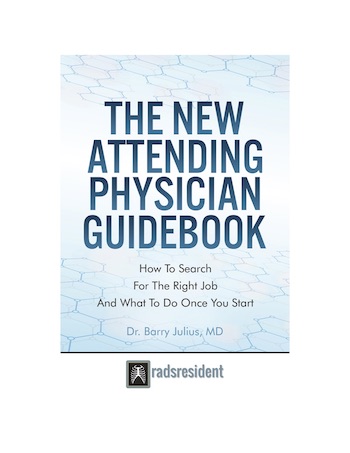
The days of radiology residents lugging ten-pound textbooks around the department are over. I, too, prefer having a list of books to access at any time on my Ipad for convenience. I even reviewed and studied my Mettler textbook for nuclear medicine on my Ipad just before my recertification ABR examination a while back, and it worked out just fine. But based on recent literature, maybe we should not be giving up on carrying around that 10-pound book. Today I will review the arguments for and against buying and reading electronic radiology books versus carrying around and reading those unseemly heavy old-fashioned radiology textbooks.
Arguments For Reading Physical Radiology Books
Comprehension Retention Issues
When it comes explicitly to reading and retaining knowledge from radiology-specific books, I could not find much information on the web. However, significant studies discuss comparing the retention of general information from print materials vs. e-readers. Some of these studies are generally applicable to the radiology resident audience. In addition, some other issues can support the use of printed texts over e-readers.
Back in 2013, in the International Journal of Educational Research, lead author Anne Mangen in an article, studied 72 tenth graders and compared reading retention in PDF format on a computer screen and in print. She found that students reading the texts in print had significantly better retention of the material than those reading the material electronically. However, there are some differences in applicability to the radiologist. We tend to read images and look at the captions and text. So, perhaps there is some difference regarding the radiology resident.
Subjectively, there are also several surveys of readers touting the comprehension advantages of printed books. In an article in Scientific American, one survey reported a conclusion that “when it comes to reading a book, even they prefer good, old-fashioned print,” and another stated that readers “prefer to read text on paper as opposed to on a screen to ‘understand it with clarity.'” So, maybe there is something to the perception of increased retention with old-fashioned printed texts.
Miscellaneous Other Issues
In addition, you may have difficulty getting to sleep after reading with an electronic device. A study called “Sleep and use of electronic devices in adolescence: results from a large population-based study” concluded a negative relationship between the use of technology and sleep. Now, radiology residents are a bit past adolescence for the most part, but I still think you can generalize this information to the insomniac radiology resident, knowing how I feel after reading the news on my iPhone just prior to bedtime.
Also, there is the issue of eyestrain and reading eBooks. The information here is a bit more mixed as to the amount of eyestrain using eReaders vs. printed text. But, there was an interesting article presenting some of the issues regarding eye strain called “eReader Vs. Printed Book: Which Is Better For Your Eyesight?” They reported that Computer Vision Syndrome (CVS) is an actual entity that can affect readers using electronic readers. However, the claim that backlit devices and softer e-readers like the Nook and Kindle may help some readers counterbalance this argument.
And finally, there is the issue of diversion. When you read a printed textbook, you certainly do not have to worry about essential emails popping up, your spouse calling you, a silly text from your friend, or the thought that you need to click on the most recent exciting blog from radsresident.com! Instead, you can concentrate on the information with much less interruption.
Arguments For Reading Electronic Radiology Texts
Here I think the first and foremost issue supporting using the eReader is sheer convenience and instant availability. Carrying 1000 books in your pocket or your hand is a remarkable technological achievement. Furthermore, at any given moment, you can easily click on a link from your text and go directly to a source document you can confirm on your iPhone. You can’t do these sorts of things in a printed textbook.
Multiple new e-readers use different proprietary technologies to reduce eyestrain. In fact, one article reports eInk from the Kindle and the Nook is a significant improvement over other e-readers. Also, according to the same article, people with poor eyesight tended to read better with a backlit screen than on paper. In addition, for those with poor vision, one can easily adjust the text size with an e-reader, allowing the reader to enjoy an electronic text that they may not be able to read in the printed version.
Once you write on a printed text, you alter the text forever. On the other hand, you can highlight or write electronically in an ebook’s margins without worrying about destroying the book. Furthermore, you cannot write in someone else’s printed book without vandalizing someone else’s property. Another win for the electronic device!!!
This borrowing of books brings me to the next significant advantage of eReaders- sharing. Sharing a chapter, phrase, or critical point with a fellow reader is easy. All it takes is clicking a button with a message or email; many people have the same information. Printed text is just not the same when it comes to sharing.
And finally, there is the issue of bookmarks. Most eReaders automatically bookmark the last page that you look at. If you lose your page on a standard text, there is a good chance that if you return to it without a bookmark, you will not remember the last page you read. At least, this is a significant advantage for me!
So Who Wins This Death Match?
Unfortunately, convincing someone about how to read a radiology book is challenging. We all have our set ways and opinions about how to read and what is more effective for us as an individual. And there are real advantages and disadvantages to both. Although not conclusive, the body of evidence points to increased retention for paper, but for many, the convenience of e-texts outweighs the incremental retention. You can easily share an eBook, but you may have more eyestrain reading the same book. So what do you do in today’s world? I think it depends upon you as an individual and the available resources. The bottom line as a radiology resident is to read a lot regardless of the book type. It will serve as a permanent foundation for the rest of your career!
Other relevant articles
http://www.huffingtonpost.com/the-national-book-review/drop-that-kindle-10-reaso_b_8234890.html






